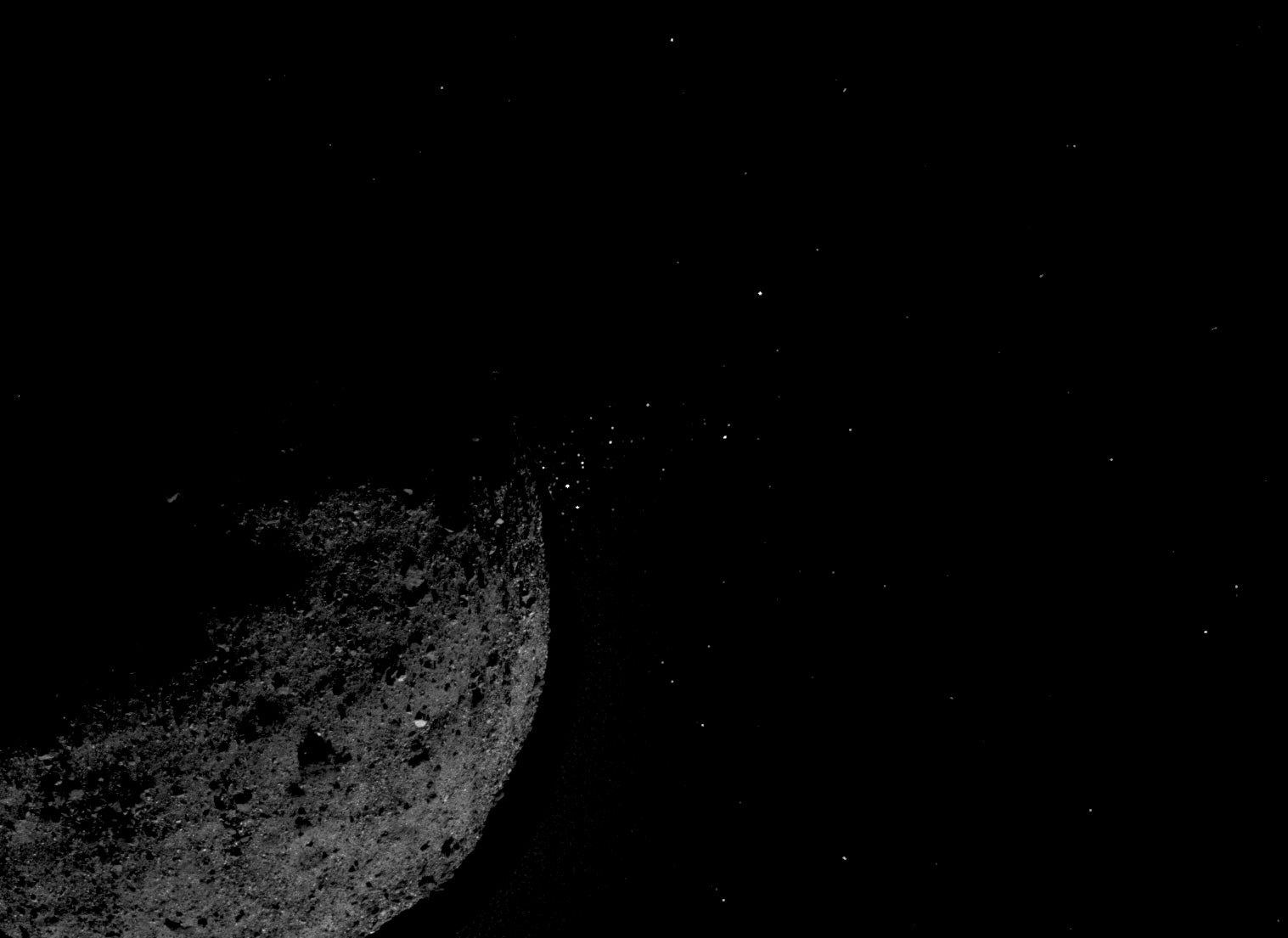Asteroid is like a cream-filled chocolate egg flying through space, Nasa spacecraft shows as it prepares to bring samples back to Earth

Your support helps us to tell the story
From reproductive rights to climate change to Big Tech, The Independent is on the ground when the story is developing. Whether it's investigating the financials of Elon Musk's pro-Trump PAC or producing our latest documentary, 'The A Word', which shines a light on the American women fighting for reproductive rights, we know how important it is to parse out the facts from the messaging.
At such a critical moment in US history, we need reporters on the ground. Your donation allows us to keep sending journalists to speak to both sides of the story.
The Independent is trusted by Americans across the entire political spectrum. And unlike many other quality news outlets, we choose not to lock Americans out of our reporting and analysis with paywalls. We believe quality journalism should be available to everyone, paid for by those who can afford it.
Your support makes all the difference.The inside of Asteroid Bennu could be less dense than its outer layers – like a chocolate egg filled with cream, Nasa’s OSIRIS-Rex spacecraft has shown.
Bennu is a dark “rubble pile” asteroid, held together by gravity. It is thought to have been formed from the collision of a much larger object, and its cratered and chunky surface suggest that it has continued to have an eventful time as it has made its way through the solar system.
Nasa’s spacecraft and its engineers are preparing for a daring “touch-and-go” mission in which it will briefly touch down on the asteroid and gather samples, before jumping back off and returning to Earth.
As that time approaches, new research has been published that looks at the composition of the asteroid itself, including the colour of its surface and what the conditions might be like underneath.
The findings not only help show more about the asteroid itself but could also reveal how such asteroids in the Solar System evolve, and transform over the millions of years their lifetime can last.
OSIRIS-REx has already revealed unprecedented data on the asteroid, which orbits more than 200 million miles from Earth, since it arrived in late 2018. Bennu is now easily the most studied asteroid in the history of space exploration, giving an insight into the many similar objects that fly around our solar system.
But researchers have still been mostly puzzled by the conditions beneath Bennu’s surface. Researchers have studied the outside in detail – but not the inside.
Now researchers from the University of Colorado Boulder's OSIRIS-REx team have published research in the journal Science Advances which aims to give a peek into the inside of the object. They used a range of instruments on board Nasa’s spacecraft to measure how its gravity field changes, and to use that as something like an X-ray machine to look inside.
"If you can measure the gravity field with enough precision, that places hard constraints on where the mass is located, even if you can't see it directly," said Andrew French, a coauthor of the new study and a former graduate student at CU Boulder, now at NASA's Jet Propulsion Laboratory (JPL).
The research found not only that the core of the asteroid is weaker than its surface – but that its composition could lead to its destruction relatively soon.
"You could imagine maybe in a million years or less the whole thing flying apart," said Daniel Scheeres, one of the professors who led the study.
Other research published at the same time found that the materials that make up Bennu are distributed across its surface, meaning that any sample should be relatively representative.
"Our recent studies show that organics and minerals associated with the presence of water are scattered broadly around Bennu's surface, so any sample returned to Earth should contain these compounds and minerals," said SwRI's Dr. Vicky Hamilton, a coauthor on three papers published in Science.
"We will compare the sample's relative abundances of organics, carbonates, silicates and other minerals to those in meteorites to help determine the scenarios that best explain Bennu's surface composition."
Researchers will also be able to compare the materials taken from Bennu with those from Ryugu, another near-Earth asteroid, which was examined by a Japanese spacecraft that will land on Earth with samples of the asteroid in December.

Join our commenting forum
Join thought-provoking conversations, follow other Independent readers and see their replies
Comments